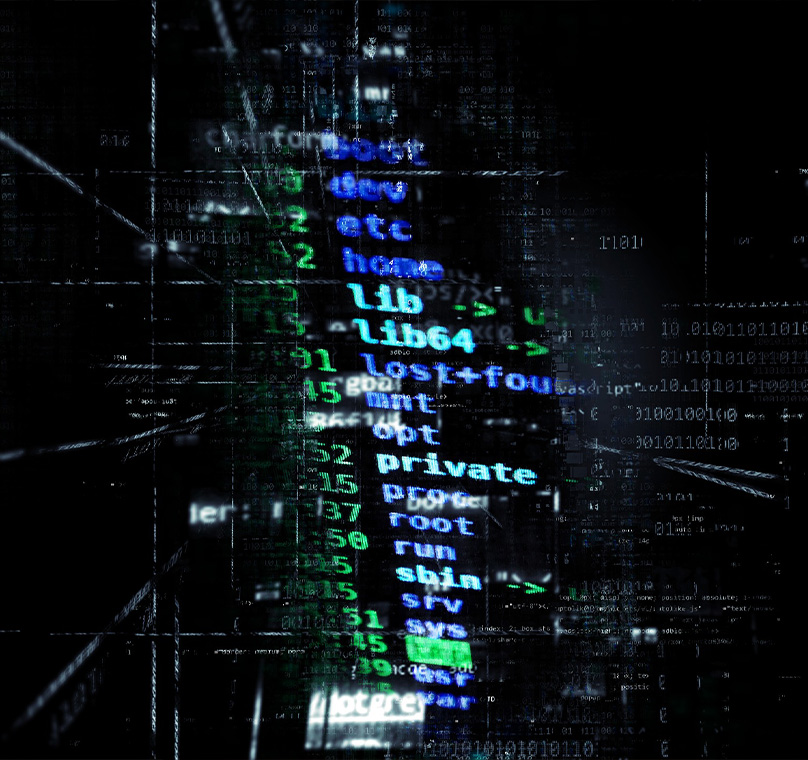Cyber Security Compliance in Education

Educational institutions handle sensitive information about students, teachers, and school operations on a daily basis, and protecting this information from cyber threats is of utmost importance. If you read our last blog, we wrote about the state of the industry in regards to cyber security and some of the pitfalls that have come from implementing a lacking cybersecurity plan. In this blog, we would like to provide guidelines to take in order to protect yourself and your organization from future attacks.
Despite the potential risks, most leaders feel daunted by the prospect of implementing an effective cyber security plan. According to a report by the World Economic Forum, “of respondents who meet at least monthly, 36% are confident that their organization is cyber resilient. Only 8% of those respondents report that their organizations either are not cyber resilient or that they are concerned about their organization’s ability to be cyber resilient. “ Truthfully, particularly those without a technical background, the waters are muddied by guidelines without the practicality of an approach. Whether you're a school administrator or an education technology professional, we hope that you'll find this blog to be a valuable resource in your efforts to increase your cyber awareness and protect your organization from potential cyber threats.
While technological solutions such as firewalls, antivirus software, and intrusion detection systems can help protect against cyber threats, they can only do so much. Cybercriminals often rely on social engineering tactics, such as phishing and social media scams, to trick people into revealing sensitive information or downloading malware. Human error, such as weak passwords, leaving devices unattended, or clicking on suspicious links, can also create vulnerabilities in a system. Therefore, it is crucial to prioritize cybersecurity education and training for all individuals within an organization to prevent cyber attacks. Steps to include in ensuring your staff is well trained in cyber security include:
- Provide regular cyber security training: One of the most important steps an organization can take is to provide regular cyber security training to all employees. This should include topics such as how to recognize and avoid phishing attacks, how to create strong passwords, how to use two-factor authentication, and how to identify and report suspicious activity.
- Implement a password policy: A strong password policy can help prevent cyber attacks by requiring employees to use strong, unique passwords and to change them regularly. The policy should also require employees to use different passwords for different accounts and to avoid using easily guessable information such as their name or date of birth.
- Use two-factor authentication (2FA): Two-factor authentication can provide an extra layer of security for employee accounts, making it more difficult for cyber criminals to gain unauthorized access. Organizations should encourage employees to use 2FA for all of their accounts, including email, social media, and other web-based services.
- Regularly update software: Organizations should ensure that all software used by their employees is up to date, including operating systems, web browsers, and other applications. This can help prevent cyber attacks that exploit vulnerabilities in outdated software.
- Secure remote access: With an increasing number of employees working remotely, it's important to secure remote access to the organization's systems and data. This can include using virtual private networks (VPNs) and other security measures to protect against unauthorized access.
Although websites are an important tool for updating our community, they can be a vulnerability from a cyber security standpoint. Websites are often the primary point of entry for attackers, and they can be exploited in various ways, such as through malware, phishing, and SQL injection attacks. Attackers may exploit vulnerabilities in a website's code or plugins, or target vulnerabilities in the underlying infrastructure, such as outdated software or weak passwords. Steps to include in ensuring your website or portal is secure include:
- Install SSL/TLS: One of the most important steps you can take to secure your website is to install an SSL/TLS (Secure Sockets Layer/Transport Layer Security) certificate. This will encrypt the communication between your website and your visitors' browsers, helping to protect sensitive data, such as login credentials, payment information, and personal data.
- Implement a web application firewall (WAF): A WAF can help protect your website from attacks such as cross-site scripting (XSS), SQL injection, and other common web-based attacks. It acts as a filter between your website and the internet, monitoring incoming traffic and blocking malicious requests.
- Regularly backup your website: In case of a cyber attack or other website issues, it's essential to regularly backup your website. This will enable you to quickly restore your website in the event of an attack or data loss.
- Keep software up to date: Keeping your website's software up to date is essential for preventing cyber attacks. This includes your CMS (Content Management System), plugins, and other software that runs on your website. Outdated software can be vulnerable to cyber attacks, so it's important to install security patches and updates as soon as they become available.
- Use two-factor authentication: Two-factor authentication (2FA) adds an extra layer of security to your website by requiring users to enter a code or use a security token in addition to their password to access their account. This helps to prevent unauthorized access even if a password is compromised. Implementing 2FA can significantly reduce the risk of a successful cyber attack and protect sensitive information.
The education industry is facing an unprecedented challenge when it comes to protecting sensitive data. With the widespread use of computers, mobile devices, and remote learning, educational institutions are increasingly vulnerable to cyber attacks. Hackers are constantly seeking out new ways to infiltrate networks and gain access to confidential information. With students, faculty, and staff accessing information from a variety of devices and locations, the potential attack surface is larger than ever before. The best measure you can take to protect your computer network is to speak to a cyber security consultant or security firm about implementing the leading cyber security frameworks. The NIST Cybersecurity Framework is intended to help organizations protect their assets, including sensitive data, intellectual property, and other valuable information.
The NIST Cybersecurity Framework is a set of guidelines and best practices for managing and reducing cyber security risk. It was developed by the National Institute of Standards and Technology (NIST) to provide a flexible and adaptable framework that can be used by organizations of all sizes and in all sectors to manage their cyber security risks.The framework is organized around five core functions: Identify, Protect, Detect, Respond, and Recover. Each of these functions includes a set of categories and subcategories that provide specific guidance on how to implement the framework within an organization.
The ISO/IEC 27001 is a standard for information security management that applies to all types of information, regardless of the form it takes (electronic, paper, or other). This includes information stored, processed, or transmitted by computer systems, networks, or any other information processing systems. The standard is focused on protecting the confidentiality, integrity, and availability of information. Confidentiality refers to protecting information from unauthorized access or disclosure, while integrity refers to ensuring the accuracy and completeness of information and protecting it from unauthorized modification. Availability refers to ensuring that authorized users have access to the information they need, when they need it.
By taking these steps, educational institutions can protect their sensitive information and assets, and ensure that students, teachers, and staff can operate in a secure digital environment.
About Routr
Routr is your all-in-one solution. With access to live data, we provide a hub for your company to autonomously operate in real-time, simplifying all management capabilities from operator to consumer.
Stay Connected
Routr is leading the way to simpler solutions. For more information, visit www.routr.com
Subscribe to our newsletter
Enter your email address below stay up to date on news, get updates and special offers.


